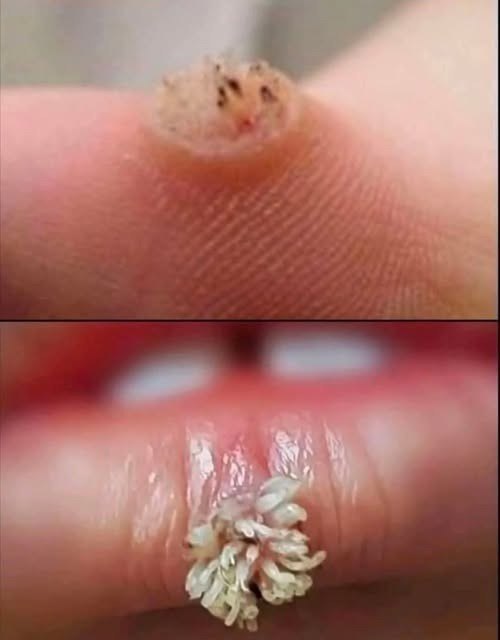Seed warts, also known as common warts, are small, rough growths on the skin caused by the human papillomavirus (HPV). They often appear on the hands, fingers, or feet and are called “seed warts” because they may have tiny black dots that resemble seeds. While generally harmless, they can be unsightly and sometimes painful, especially if they develop on weight-bearing areas like the soles of the feet.
Causes of Seed Warts
Seed warts are caused by HPV, a virus that infects the top layer of the skin. The virus enters the body through small cuts or breaks in the skin, leading to the development of warts. Several factors increase the risk of getting seed warts, including:
Direct contact with HPV – Touching a wart on someone else or yourself can spread the virus.
Weakened immune system – People with weakened immune systems, such as those with autoimmune diseases or undergoing chemotherapy, are more susceptible.
Warm and moist environments – Walking barefoot in public places like pools, gyms, or locker rooms increases the risk of exposure to HPV.
Skin injuries – Small cuts, cracks, or damaged skin make it easier for HPV to enter the body.
Symptoms of Seed Warts
The symptoms of seed warts can vary, but they typically include:
Small, rough, and grainy bumps on the skin
Flesh-colored or grayish growths that may have black dots (clotted blood vessels)
Pain or tenderness if warts develop on weight-bearing areas like the feet
Spread of warts to other parts of the body if left untreated
Treatment for Seed Warts
While seed warts often disappear on their own over time, treatment can speed up the process and prevent spreading. Common treatments include:
1. Home Remedies
Salicylic Acid – Over-the-counter (OTC) treatments containing salicylic acid help remove layers of the wart gradually.
Duct Tape Method – Covering the wart with duct tape for several days, then exfoliating it with a pumice stone may help remove it.
2. Medical Treatments
Cryotherapy (Freezing) – A doctor applies liquid nitrogen to freeze and destroy the wart.
Laser Therapy – Laser treatments burn the wart tissue and are used for stubborn cases.
Electrosurgery and Curettage – This procedure involves burning the wart with an electric current and scraping it off.
3. Prescription Medications
Cantharidin – A chemical applied by a doctor that causes the wart to blister and fall off.
Immunotherapy – Medications that help the body’s immune system fight off the virus.
4. Preventive Measures
To prevent seed warts from spreading or recurring:
Avoid picking or scratching warts.
Keep hands and feet clean and dry.
Wear protective footwear in public places.
Avoid sharing personal items like towels or nail clippers.
Conclusion
Seed warts are a common skin condition caused by HPV, often appearing on the hands and feet. While they are usually harmless, they can be uncomfortable or spread if untreated. Various home and medical treatments are available to remove them, and practicing good hygiene can help prevent their occurrence. If warts persist, consulting a doctor is recommended for professional treatment.

